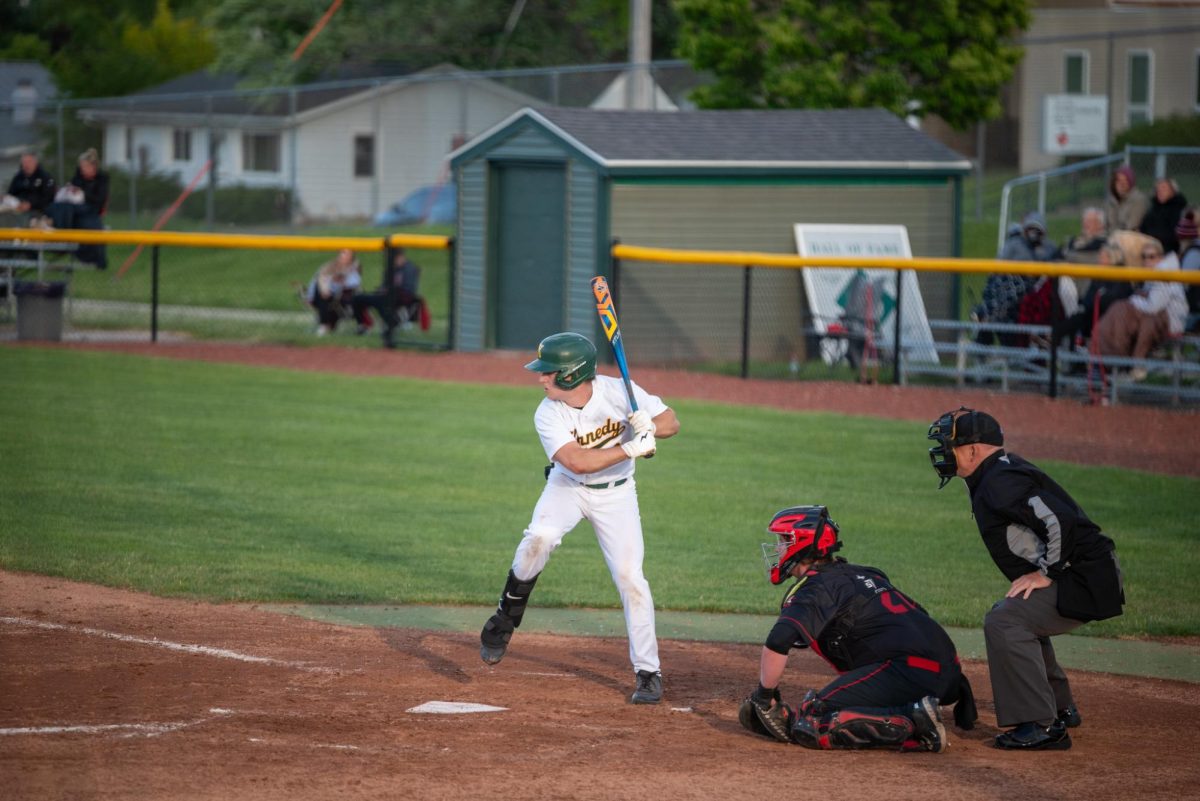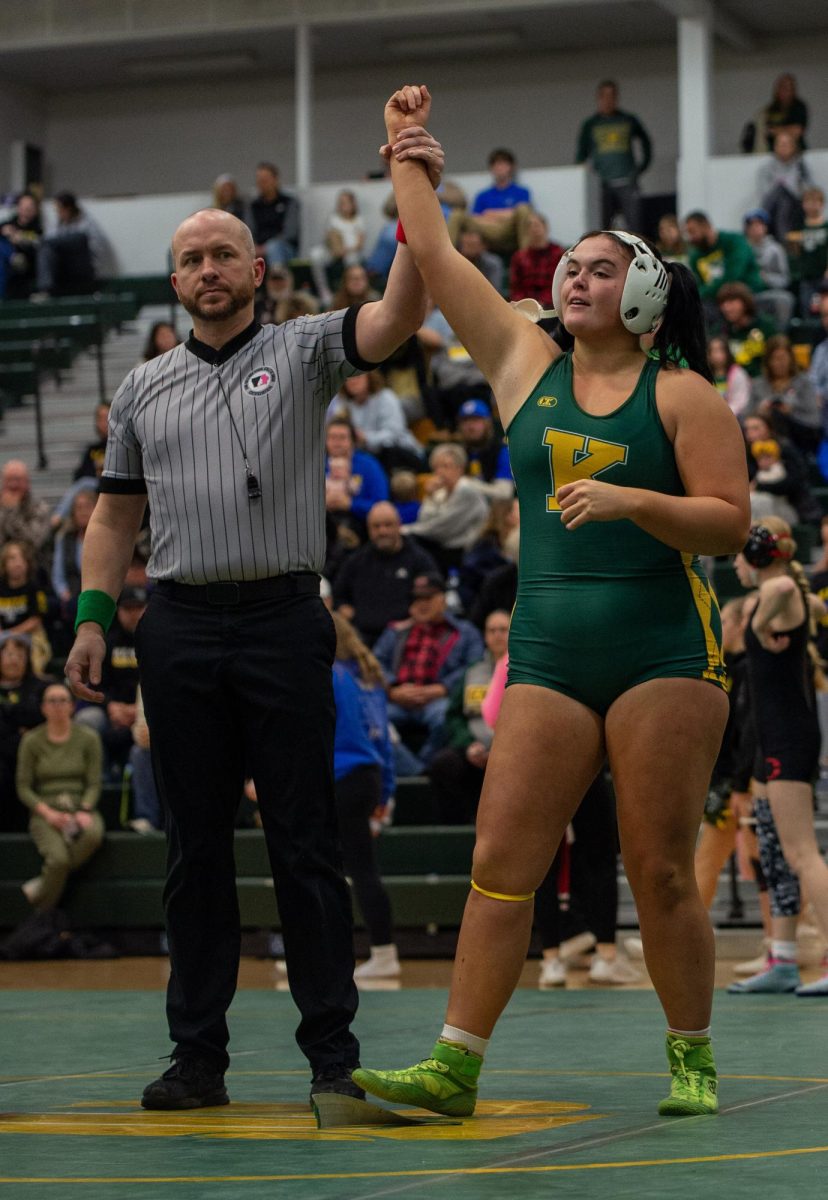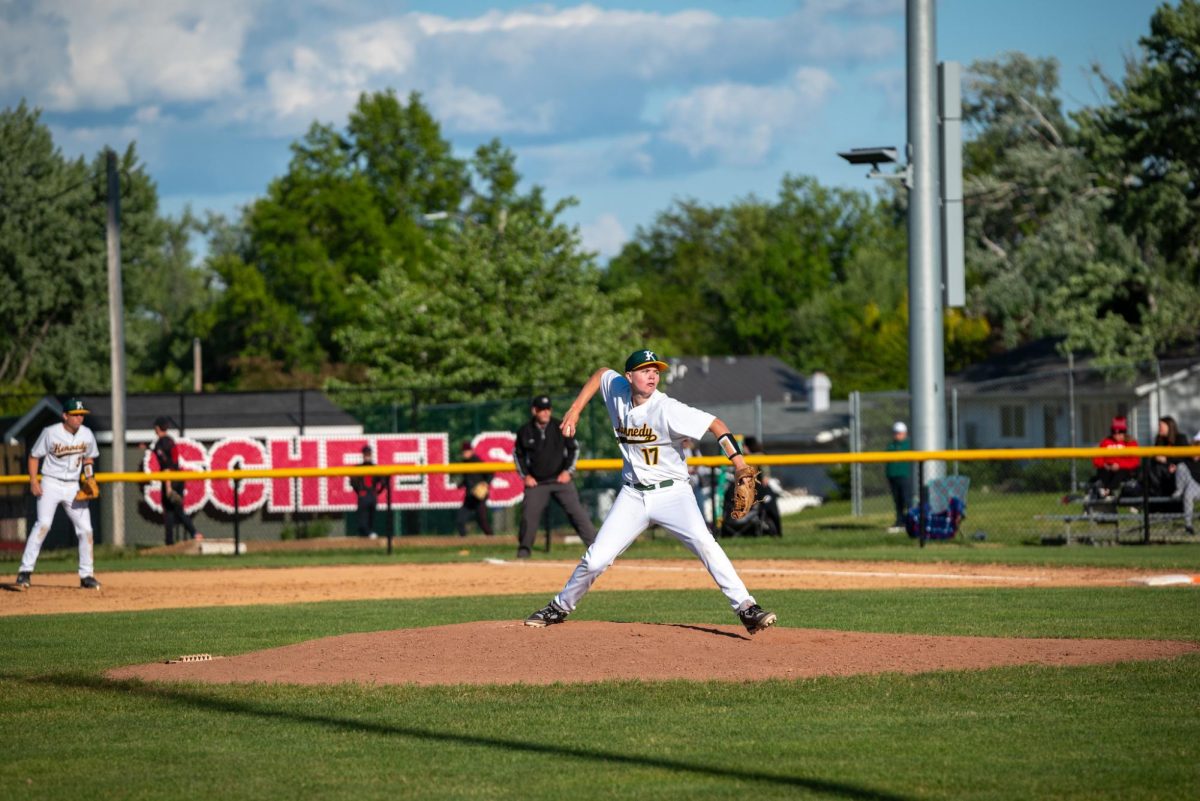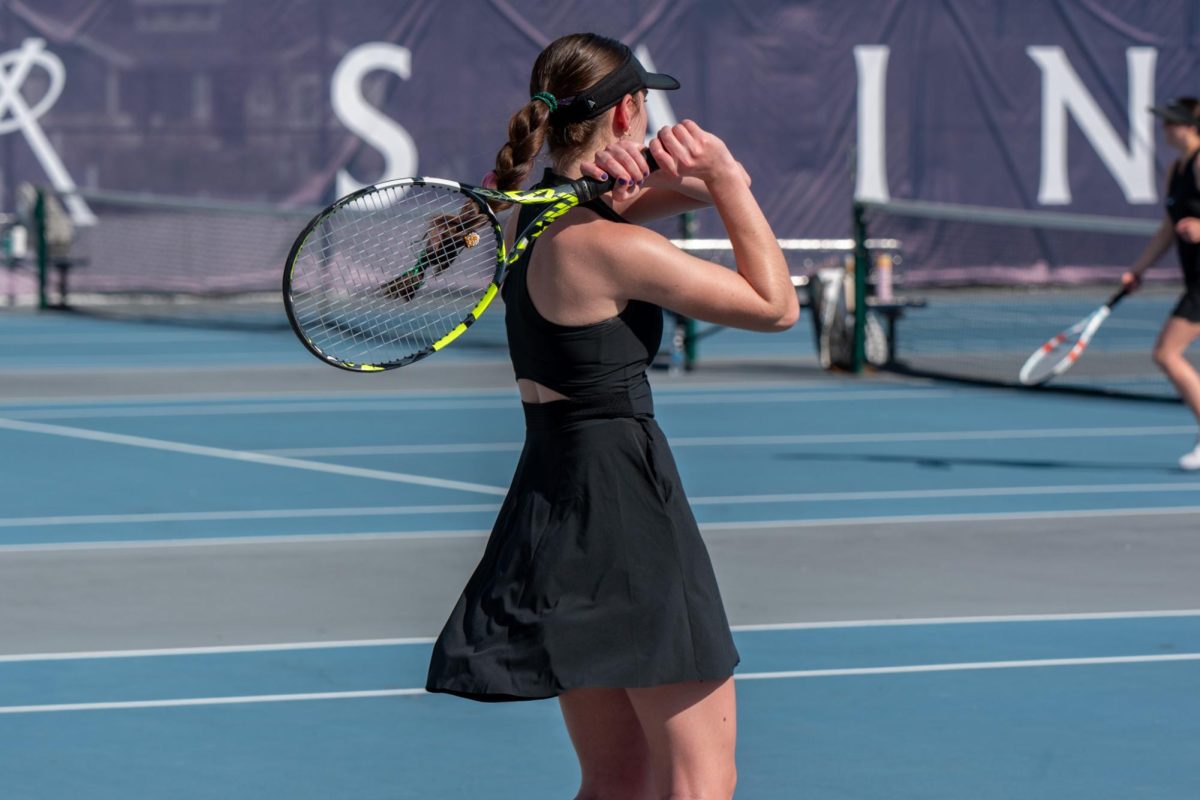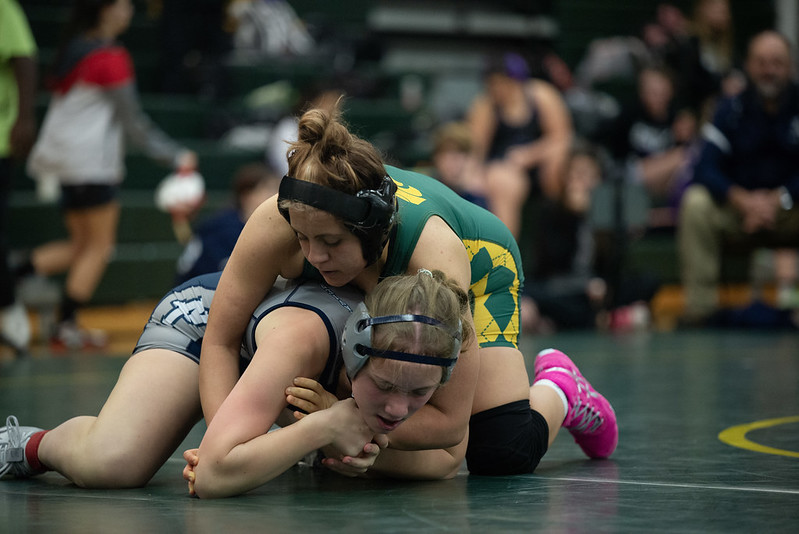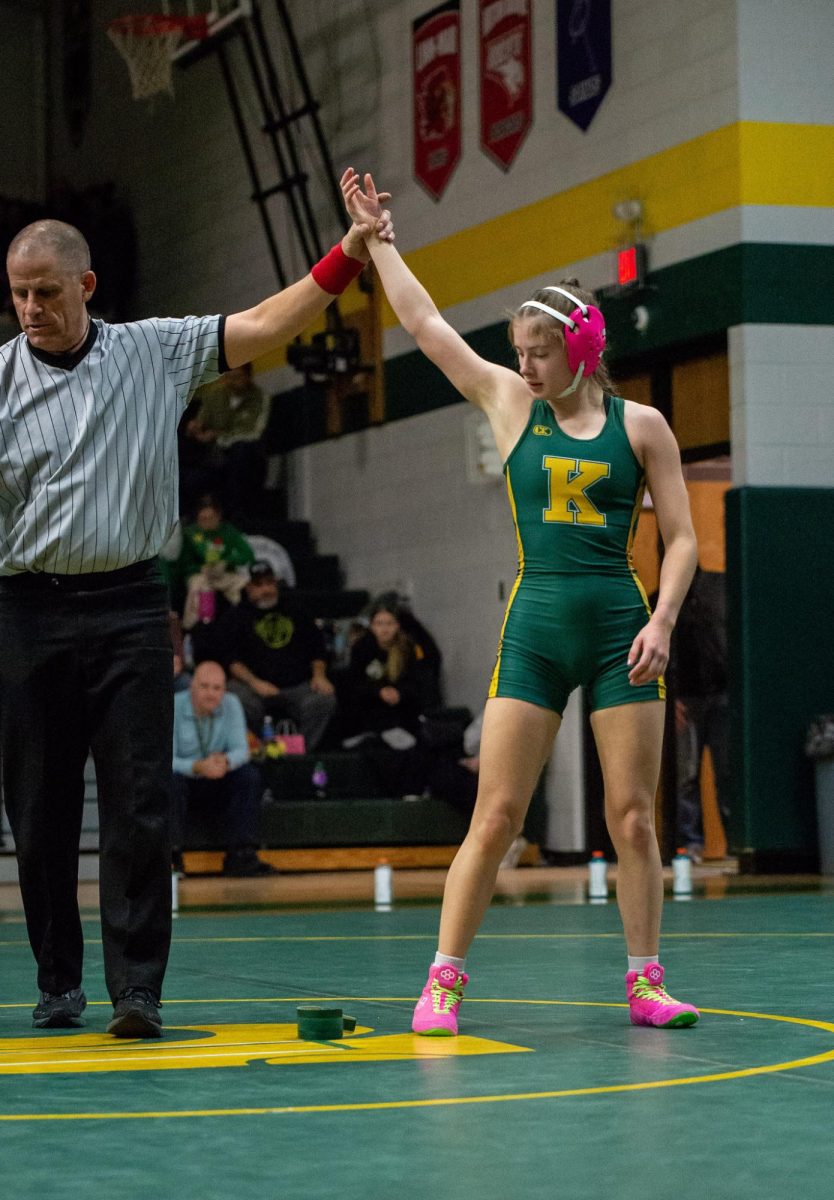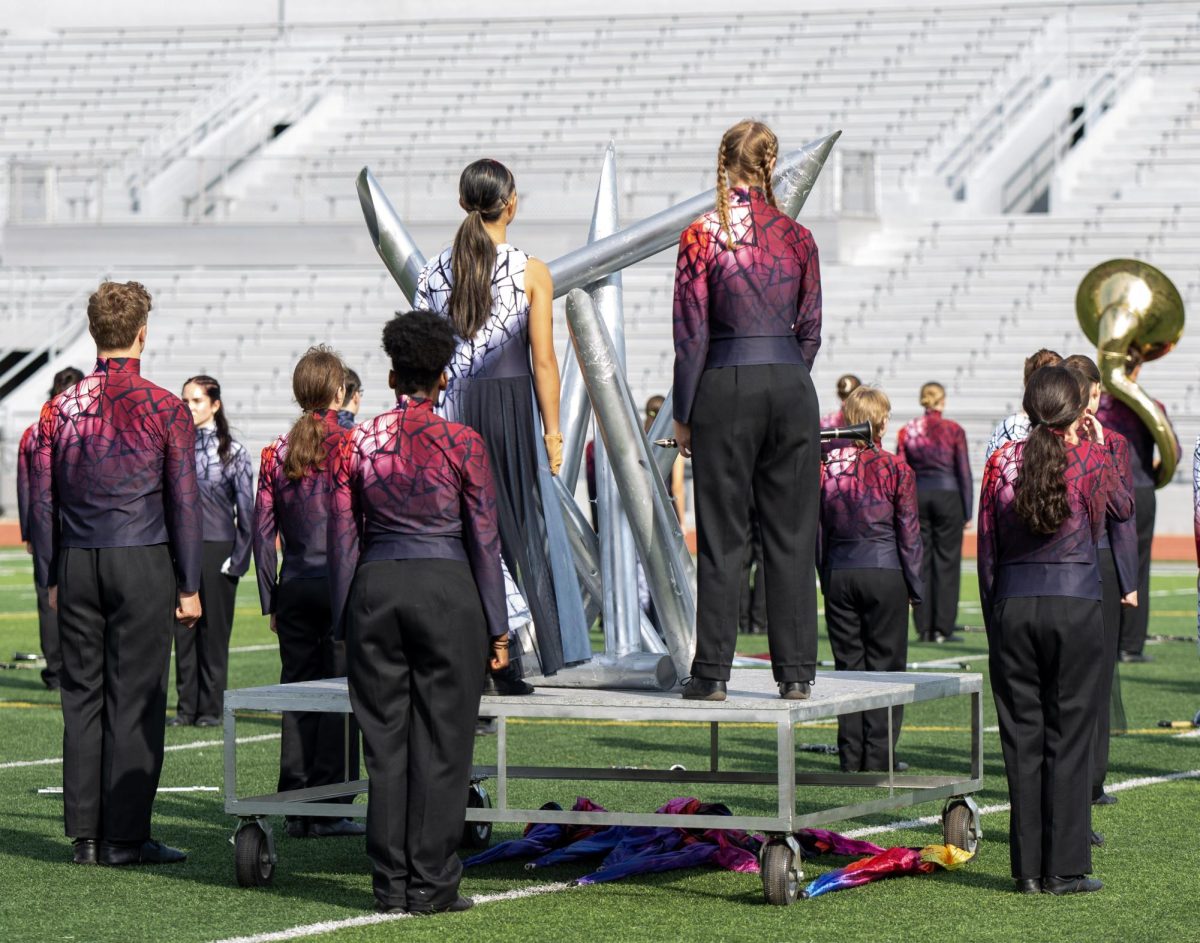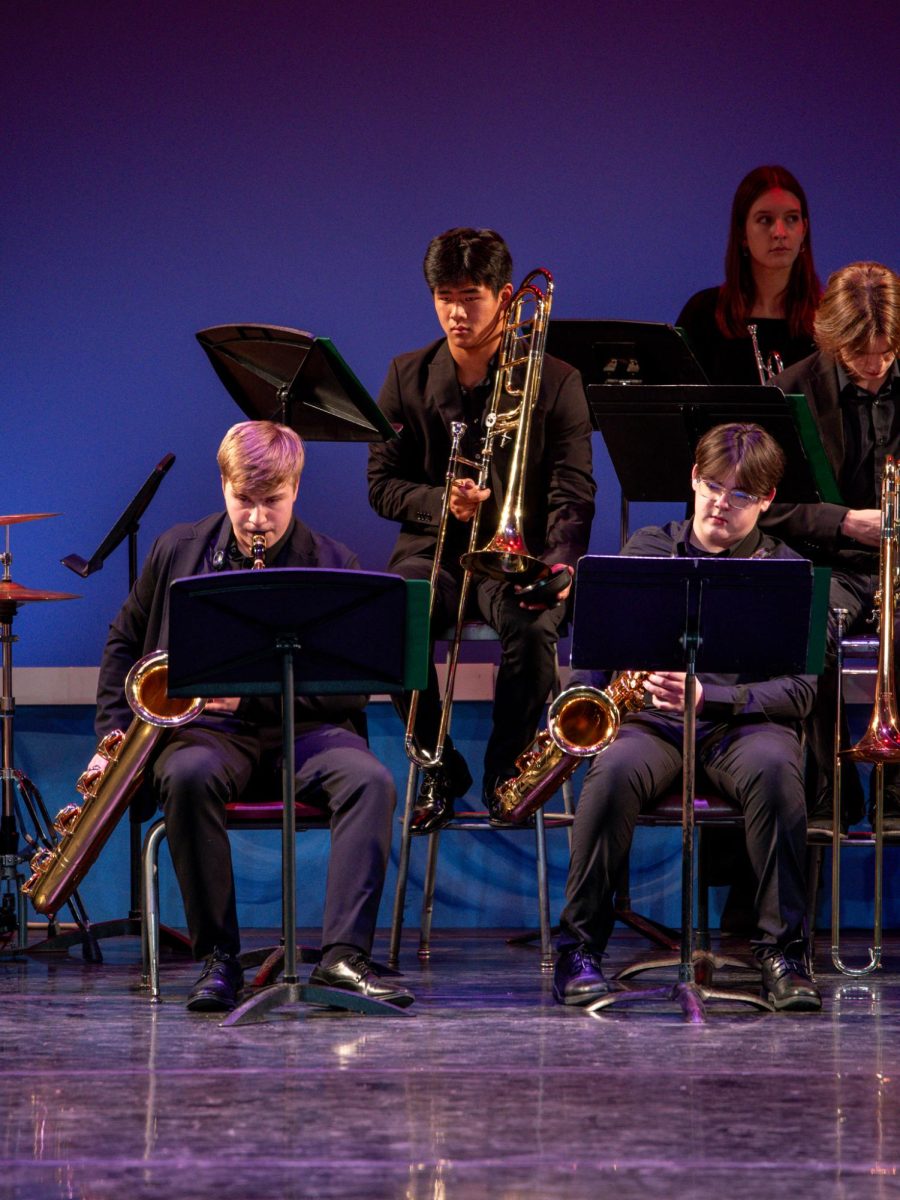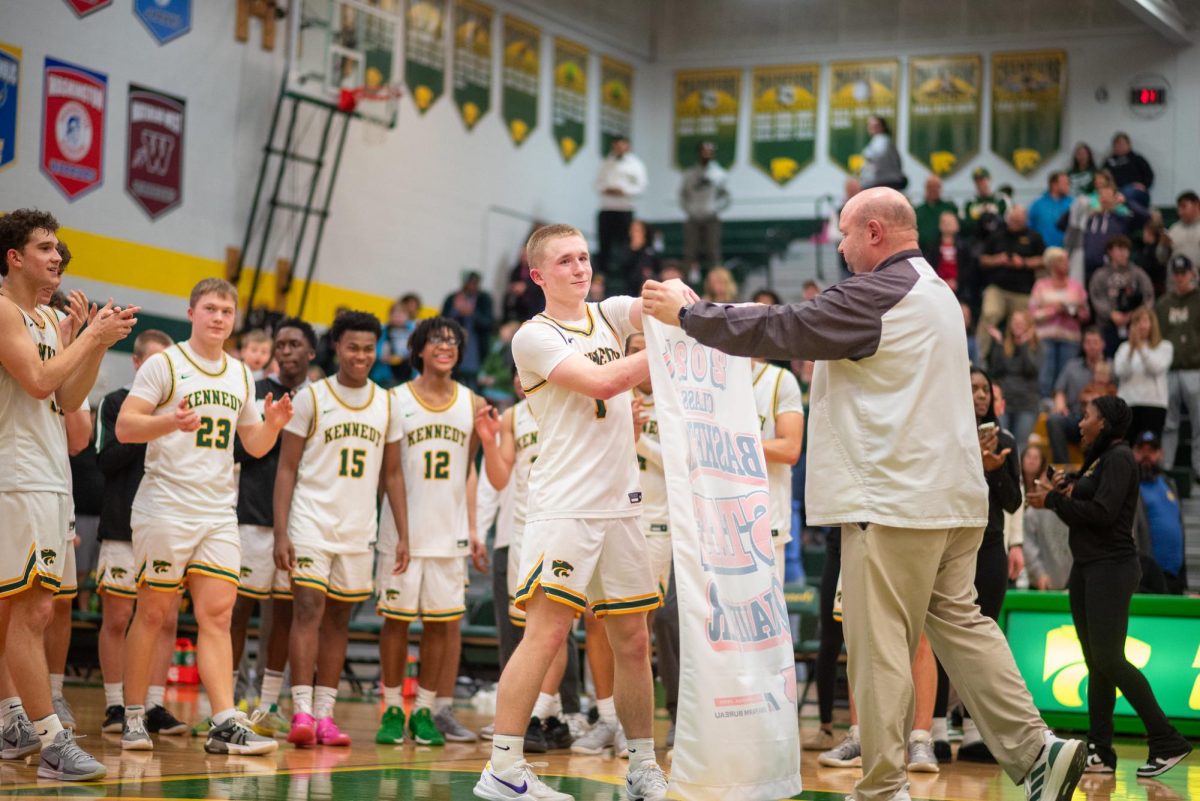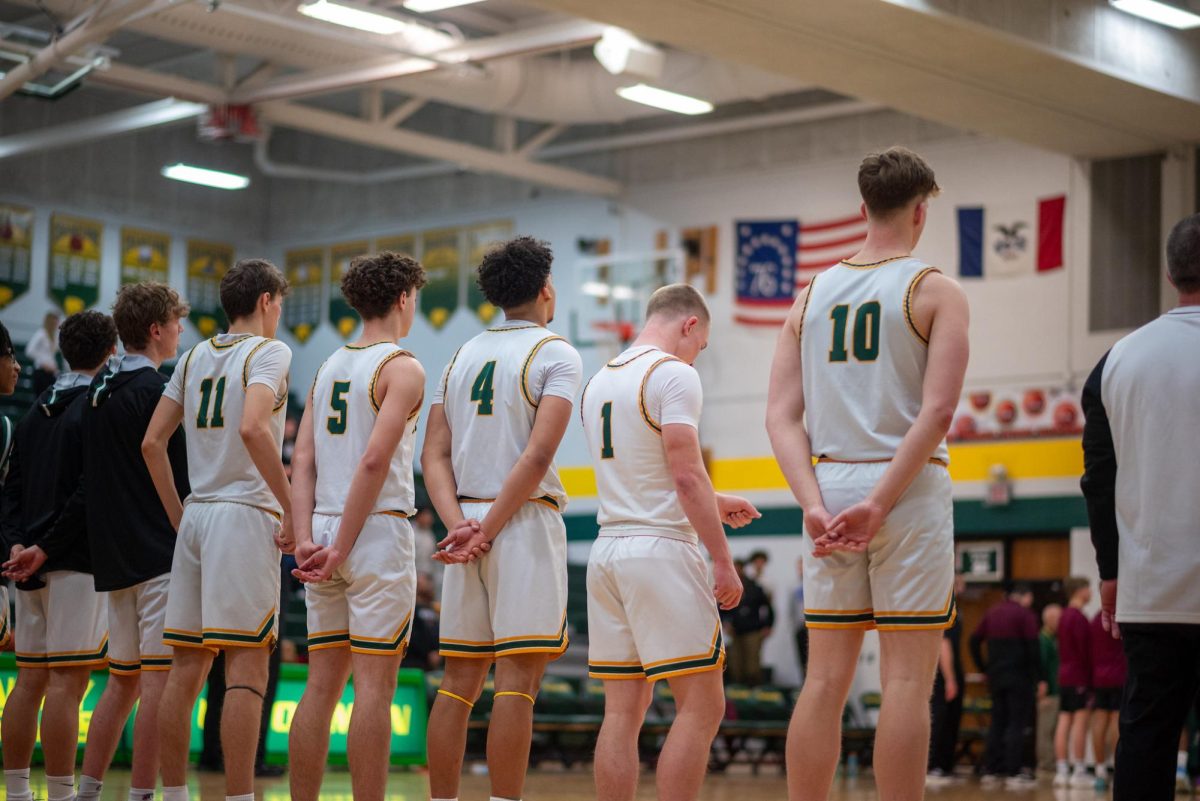Reworking Routines for Remote Learning
December 22, 2020
Remote learning forced by COVID-19 transformed the way students learn. The removal of the classroom environment, face-to-face conversations and physical class materials has impacted students and teachers in a number of ways.
Daily routines have been reworked to deal with difficulties added by remote learning. They now have to account for making meals, taking care of pets, avoiding family members and working in the time between.
The move to online school has presented challenges for Anika Goldensoph, fr. She takes care of her diabetic younger brother while trying to focus on class at the same time.
“I have to watch out for him a lot and make sure he’s doing his work,” Goldensoph said. “Sometimes it gets kind of annoying because I’m trying to pay attention to class and I’m trying to do my work, and then there’s him, not paying attention.”
It was three weeks into remote learning before Goldensoph had a routine down. She was dealing with a house fire and her family moving from place to place. Despite the beginning being hectic, Goldensoph felt her mental and emotional health was better than it is now.
“All of this stuff, with depression and anxiety and stuff that comes up now—it’s worse now since it is winter,” Goldensoph said. “At the beginning, it was hard but easy. Now it’s just hard.”
Not all students have struggled with remote learning. Griffin Bieber, fr., is used to online assignments because his classes were shifting to Google Classroom before the COVID-19 pandemic.
“One thing that’s really going for me this year is that you’re told when to do everything,” Griffin Bieber, fr., said. “There is little stress about doing work; it is all relatively easy.”
As a freshman, Bieber has no prior high school system to compare to remote learning. Instead, he was introduced to Kennedy High School through a Chromebook.
“I’m not disappointed or any such thing,” Bieber said. “In regards to my thoughts on the year generally, I was already used to this format.”
Teachers were impacted by the switch to online learning too. They were informed only days before the start of the school year that their lessons would need to be translated to an online-only format.
“At the beginning, remote learning was a nightmare,” Kristina Merritt, math teacher at Kennedy, said. “Usually from year to year, I use my same material that I have made and just tweak it as I go. I found this year was not like that at all.”
When the year began, Merritt thought she had to recreate all her materials in a different program to use them with remote learning. Later, she discovered she could share her screen to the class Google Meet with the SMART Notebook program open to write on the screen in real-time.
“It was a game-changer for me. I felt more comfortable with the virtual learning setting,” Merrit said. “The only thing that I really dislike is not being face-to-face with my students and being able to help them while in the classroom. I think, in general, it’s hard to teach and learn through a virtual setting.”
Lessons required compressing, cutting and shifting to fit within the new online schedule. End-of-year AP tests also had to be taken into consideration.
“Oh goodness – shout out to my AP Stats students!” Merritt said. “I know I have been ‘flying’ through the material. I am really worried that the College Board is not going to do what it did last year and cut down the material for the AP exam come spring. I don’t feel that they are going to be as lenient this year.”
Returning to in-person classes will not resolve these struggles. The hybrid class schedule Kennedy will use still requires students to join Google Meets and complete assignments online, even while in the classroom.
Students working remotely benefit from teachers who are lenient and understanding.
“My geometry teacher understands that sometimes, our life is really chaotic,” Goldensoph said.

